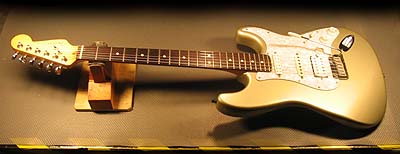

The dotted quarter with measured tremolos will now look and play back correctly.Now, don't get me wrong: I REALLY want to switch. In the same way that you are able to change the durations of more than one selected note, you can highlight and add tremolos to multiple notes all at once, too. Go to the third keypad and choose the double slash tremolo, labeled “4 tremolos”:

The measured tremolos can be added at any point in this process. Result: a perfectly formed, correctly-sized, tuplet digit above the note. Then with the tuplet bracket still selected, use the Inspector in Sibelius 7 or the Properties in Sibelius 6 to turn off the bracket.Drag the tuplet bracket back to its correct position above the staff to the right of the note.Regardless of whether the tuplet on the single note is upside down or not, select the closing leg of the tuplet bracket (which will be down somewhere near the note head).In some cases, the number itself will remain oriented right side up, sometimes not. The bracket becomes vertical once you change the duration.For step 2 above, leave the tuplet bracket showing when you create the tuplet (auto bracket it the default, so you should see it normally in this situation).

So… what to do? Put your favorite Jimi Hendrix LP on the turntable, and let’s back up a few steps… This is a Sibelius bug that can occur when a tuplet doesn’t have a conventional start and end attachment point. If you select the tuplet number and type “X” to flip it, the number changes position, but it’s still upside down… Well, actually, they’ve been turned upside down: The notes will first change to quarters, then dotted quarters immediately. While they are highlighted, type the number 4 and then the duration dot using the keypad. To do this, select all of the downbeat notes as a group, using CNTRL-Click (Windows) or CMND-Click (Mac): See my colleague John Hinchey’s excellent tutorial on using the Advanced Filter in Sibelius for more information. The ability to change the durations of, or add articulations to multiple selected notes globally is a very powerful feature in Sibelius, making quick work of cleaning up an imported MIDI file, for instance. You will see the 16ths followed by rests, and the tuplet numbers without the bracket.Ĥ) The next step is somewhat automated, as you can create the dotted quarter value for all of the highlighted notes together. When the dialog opens, choose “No bracket”, but show the Number:ģ) Create tuplets for the other downbeats as well. In Sibelius 6, choose Tuplets… from the Create menu. ⚡ Let’s first walk through how Sibelius *ought* to work…ġ) For the above example, start by creating a sixteenth note on the downbeats of bars 2, 3, and 4:Ģ) Select the first of these 16ths so that it is highlighted, and choose Triplets > Other from the Note Input Tab. Of Note : The following technique can be used with any tuplet who’s combined duration can be represented by a single note value. For instance, in 2/4 time, how would you create: One case where the “how to” is not quite as obvious, however, are tuplets that are represented by measured tremolo. You can apply these in either duple or triple meter, with the added benefit that Sibelius plays these back as if they were written out in long form, (which will help you to check your work). In her book “Behind Bars”, Elaine Gould also recommends adding the label “ non trem.” to the first note value of the abbreviation.
#Tremolo dorico full#
It’s common practice to write out the full notation of the first beat or bar of a measured tremolo passage to avoid confusion: It’s a type of notation shorthand which takes up less space than writing all the notes out, commonly found in published classical works. Measured tremolo is a specific repetition of notes per beat measured exactly in a given tempo.


 0 kommentar(er)
0 kommentar(er)
